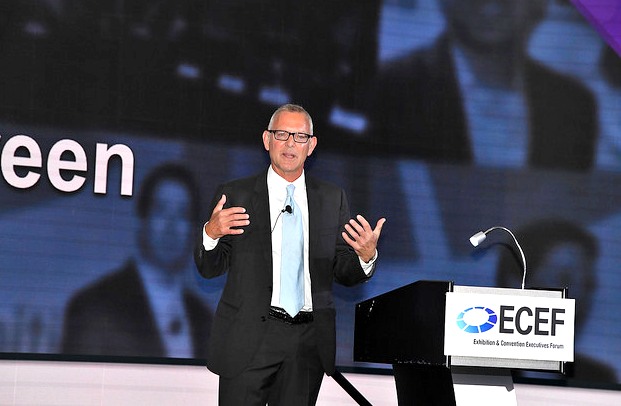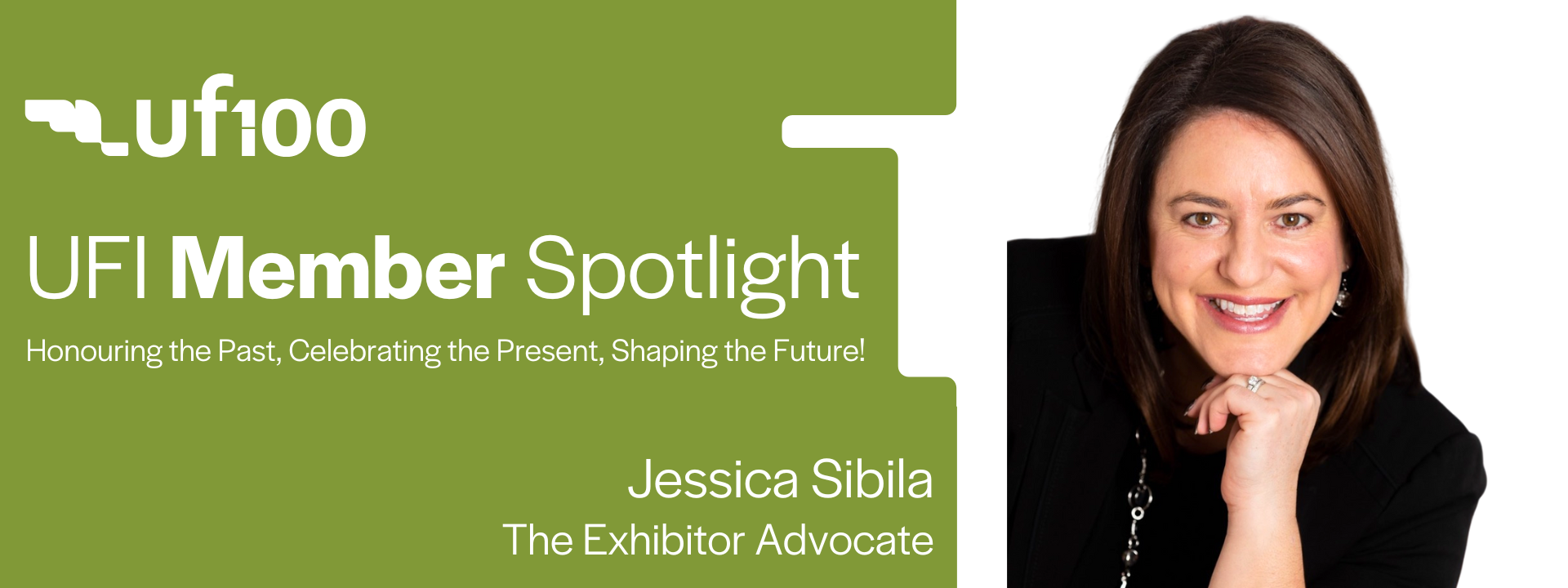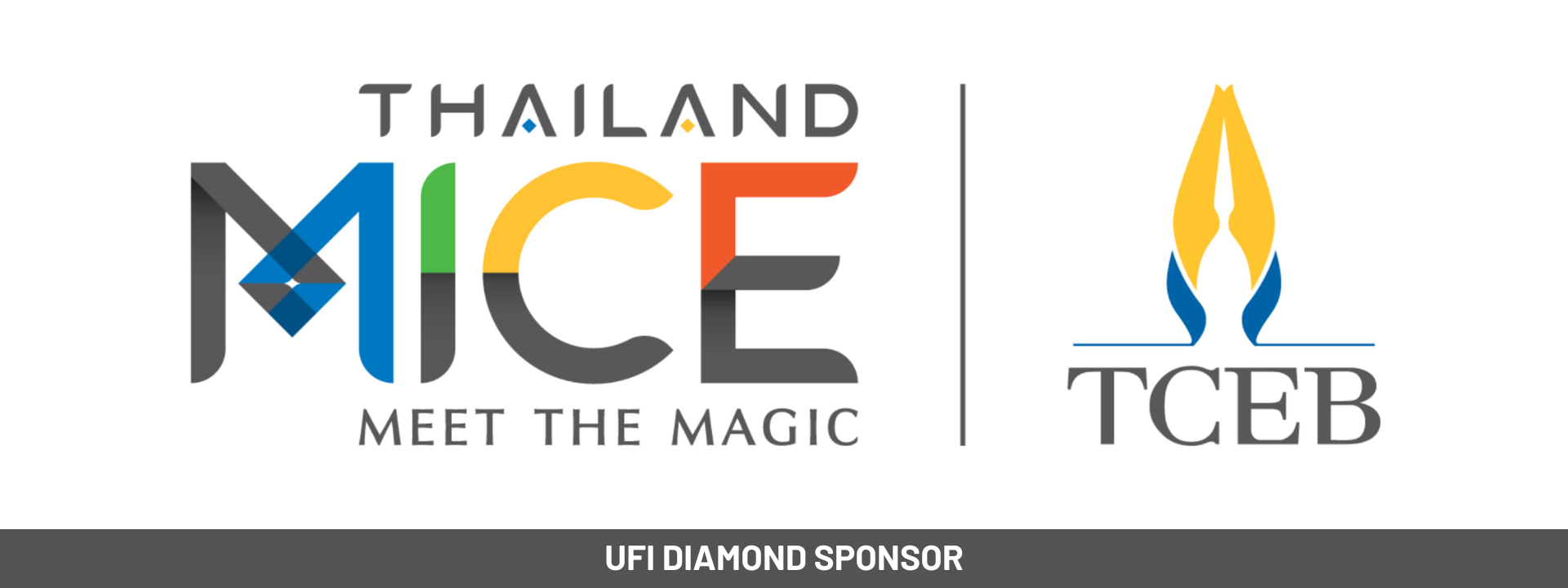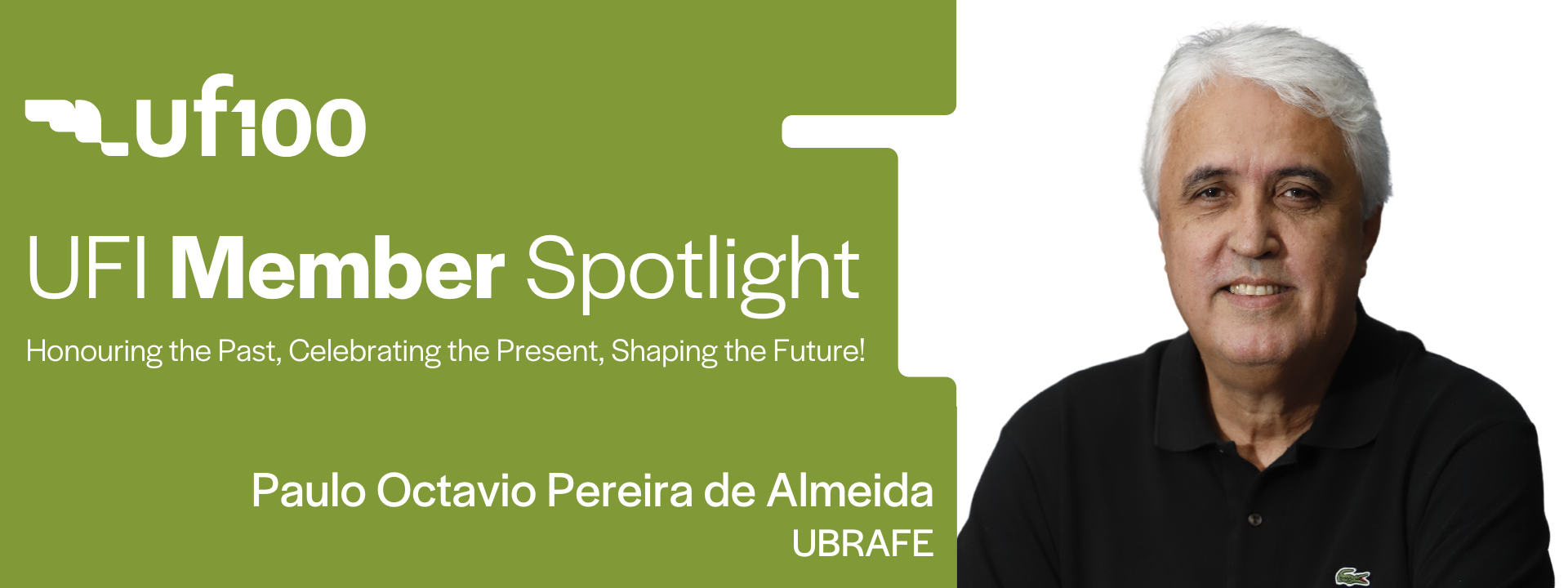
John Barrett , Executive director , Worldwide Cleaning Association ISSA
The practice of using acquisitions and mergers to expand an organiser’s global presence is commonplace. But how about when an association tries to increase its influence using the same approach?
Historically we’ve only seen a few private organisers from the US make their presence felt in the international marketplace. Diversified Communications did so in Europe with its health and seafood shows, and more recently EJ Krause partnered with UK-based Tarsus in Mexico, starting with plastics and metalworking events, expanding into energy, traffic and more besides, as part of its subsequent nine-show expansion.
Part of the reason for this lack of events originating in the US is that the country’s event largely belong to national associations, catering almost entirely for a domestic audience.
But occasionally an association event builds enough wind in its sails to break out into international waters, and when it does, it becomes a lucrative target for venues/organisers and dedicated private organisers.
I remember years ago writing about the US-based National Funeral Directors Association (NFDA) running an event in Hong Kong with its local partner Vertical Expo Services – owner of the Asia Funeral and Cemetery Expo & Conference (AFE) and equally taboo Asia Adult Expo (rough with the smooth) – and in doing so challenging taboos in a country where the subject of death is treated with notable discretion.
It was, in part, an example of an association seeking a local organiser to help its membership capitalise on an overseas market, rather than the more typical organiser/association relationship in which an organiser seeks a specific local industry association to help validate and reinforce the significance of a regional event.
A global plan to turn old into gold
There was another good example of this used to open the recent ECEF event at the JW Marriott in Washington DC, in which a US-based association went a stage further and actually acquired publications and business events in order to help internationalise its reach. John Barrett, the executive director of this 100-year-old organisation, the Worldwide Cleaning Association ISSA (‘Advancing Clean. Driving Innovation’), made an open plea to international exhibition organisers gathered in the US capital to discuss the potential of launching the association’s events in cities across the globe.
“The simple truth is I’m the new guy in this industry, you have forgotten more than I will ever know about organising successful events and trade shows,” he told the crowd in Washington. “I left the humdrum world of the fortune 100 for the glamour and excitement of the trade show industry.
”In the for-profit world your achievement is clearly measured on the balance sheet and profit and loss account. But while surpluses are clearly favourable in our industry, organisations like ours are mission-driven. Our mission is to change the way the world views cleaning. To elevate this humble profession and help the people and firms that work every day to protect and preserve human health, and make sure they get the credit that they deserve.”
The trouble was, like so many trade associations, ISSA had become dependent to the cash generated by its single (in this case 16,000-attendeee) annual event.
So the association set out on an international expansion campaign, beginning with a partnership with RAI Amsterdam (since departed) and followed by ISSA Interclean events in Turkey and Latin America. Upcoming launches in Madrid and Bangkok will continue the roll-out.
“We decided that if we were going to matter, and I mean really matter, we had to branch out and we had to grow. Through extensive research and focus group interviews, we came to the keen understanding that while we were nearly 100 years old, to be around for another century our members had to have the genuine support of the trade association in order thrive in the chaos and disorientation of what is affectionately referred to as the new economy.
“New events are huge for us. They serve as a platform for our other key trade association programmes; things like training, education, certification, membership,” – ISSA general director John Barrett.
“In the end we found our essential clarity. We developed a strategy to own the global cleaning community.”
The formula was pretty simple, according to Barrett. It involved ISSA merging trade associations into its own, along the way acquiring a couple of for-profit trade publications to amplify the association’s voice in a couple of key segments.
But the key focus of ISSA’s strategy was to get new events, and get them under its umbrella whether they were for-profit, or not-for-profit events.
“New events are huge for us. They serve as a platform for our other key trade association programmes; things like training, education, certification, membership,” explained Barrett. “And lets face it, tradeshows are obviously pretty good value creators in and of themselves, judging by the juicy valuations publicly traded companies in this [exhibitions] industry receive.
The acquisition of publications relating to the industry, launch of ancillary events and institutions as well as the establishment of regional offices in Shanghai, Sydney, Toronto and Frankfurt cemented ISSA’s global standing. Since 2016 its membership increased from seven to nine thousand; membership in 103 countries, up from 79, revenues up by almost a third, and cash reserves up by half. Today that flagship US tradeshow accounts for only 42 per cent of the association’s combined revenues, down from nearly 70 per cent just two years ago.
An association from a country as large as the US, one that leads the world in a particular industry, will naturally find itself with an exportable product. Association shmassociation; could it be that the Atlantic divide between the exhibition industries in the US and Europe isn’t quite so large as it thought it was?







Leave A Comment